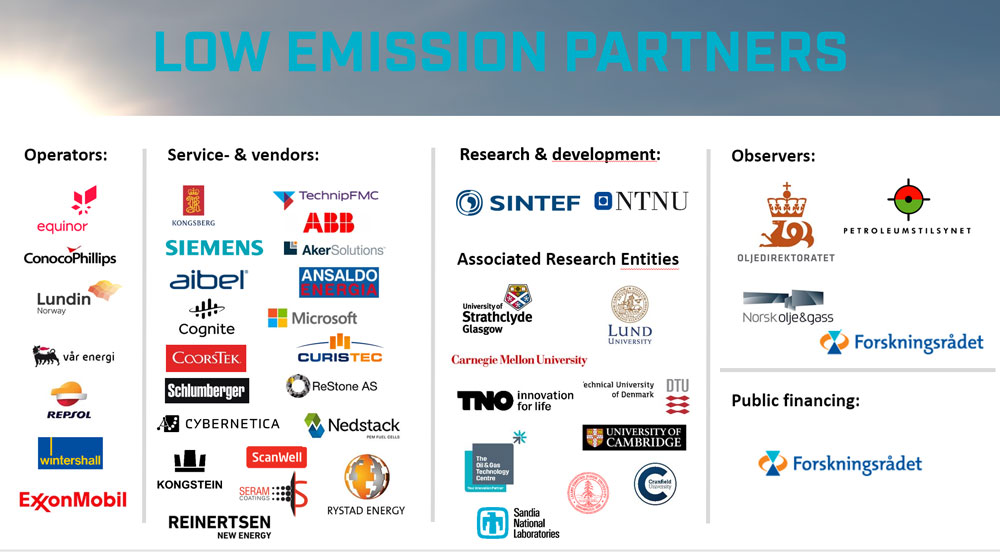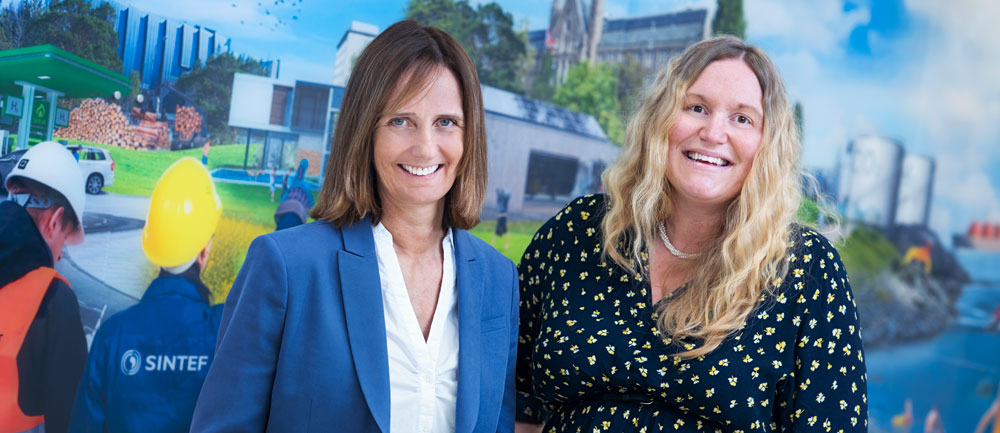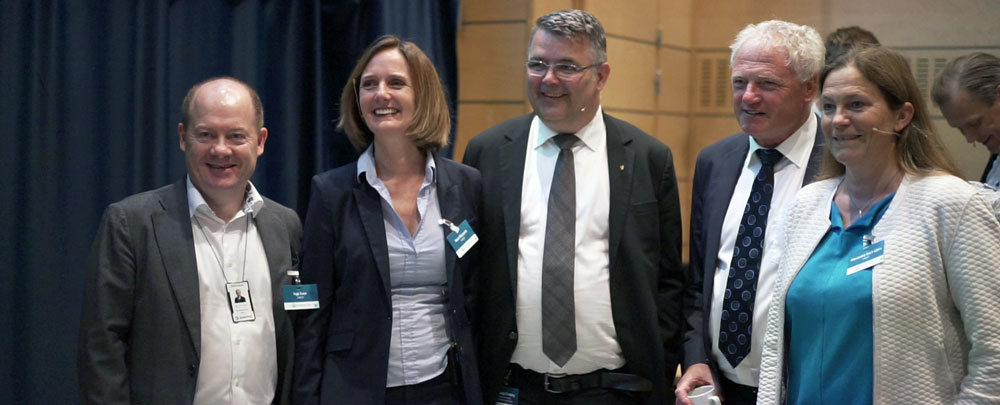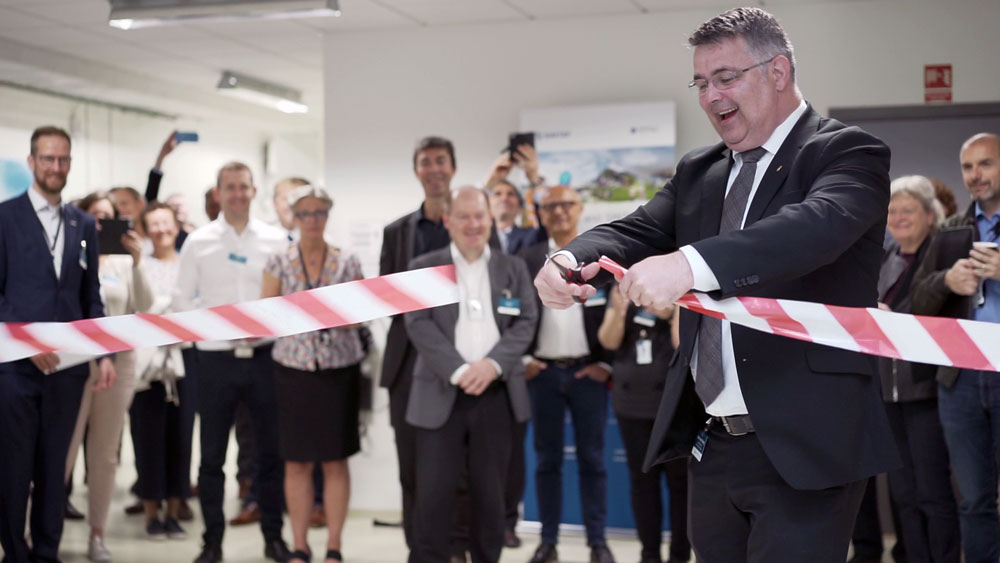On Friday June 14th the Research Centre LowEmission was officially opened by the Minister of Petroleum and Energy, Mr. Kjell-Børge Freiberg. The Research Centre is hosted by SINTEF in a close collaboration with NTNU and is funded by the Norwegian Research Council and by the many industry partners in the Centre.
Already ahead of the ribbon cutting ceremony almost all the Norwegian oil and gas companies have joined the Centre, ensuring that we cover more than 80% of the licenses on the Norwegian Continental Shelf. In addition to oil and gas operators, an impressive group of experienced and innovative vendors are partners in the Centre and will actively work together with SINTEF and NTNU researchers to produce high quality results.

LowEmission will help the international oil and gas industry reach zero emission production by 2050 in order to meet the international goals set forth in the Paris agreement.
In order to achieve this, we envision developing a mix of new technologies where one of the lowest hanging fruits is to reduce emissions from existing gas turbines, by continuing to make them lightweight enough for implementation offshore. This can potentially result in an emission cut of 20% and thus bring us closer to meeting the 2030 goals. Further focus for 2030 is to enable fuel switch for the gas turbines to run on carbon free fuels, in particular pure H2 or NH3 or mixes thereof.
An important effort is also to develop the next generation of renewable heat and power generation by reducing the cost of electrification, developing offshore wind and creating hydrogen and ammonia value chains offshore.
Furthermore, the Centre will also work to reduce energy consumption by optimizing the use of and develop new technologies for subsea, in-well and topside processing as well as for draining of reservoirs.
Finally, analysing hybrid offshore low-emission energy systems from a wider perspective, considering e.g. new gas turbine technologies, wind and other renewables, demand flexibility and interconnections to nearby platforms and to shore, will be of great importance to develop methods and models which enable cost-effective, reliable and stable design and operation.
With increasing world population and energy demand, it will be essential to develop less costly low emission technologies, including renewable power, to cover all energy needs and still have a liveable climate.
The commitment from the oil and gas industry to take on the responsibility to develop the next generation renewable energy and low emission technologies is crucial.
These technologies can subsequently be used by manufacturing industry across the world and thereby help reducing emissions in other sectors. Technology development is expensive, but the main challenge is the implementation. The first 1-5 implementation projects are the most expensive, as was shown in our Nordic CCS roadmap. Thereafter, costs will decrease as economy of scale kicks in and technologies can be implemented in industries with lower profit margins, thus contributing to the transformation to a low emission society where oil and gas will be used in the energy mix with increasing share of renewables.

I have worked with developing environmental technologies primarily within air and water purification internationally for the last 25 years, and the interest we see from the industry, both the oil and gas companies and vendors, in working to reduce emissions now is exceptional!
We look forward to working closely with the industry to reach the emission reduction goals over the next 8 years.












Comments
Thanks for sharing this news about the Research Centre! Especially because it will help to reach the goal each zero emission production to the international oil and gas industry by 2050.
Thank you! You can follow the centre progress on our new website: https://www.sintef.no/projectweb/lowemission/